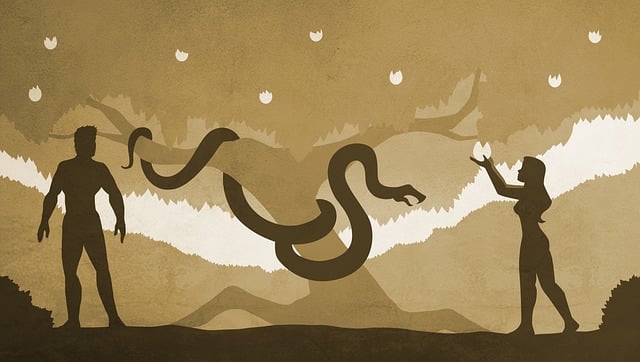Unveiling the Enigmatic: Debunking Dream Catchers’ Alleged Sins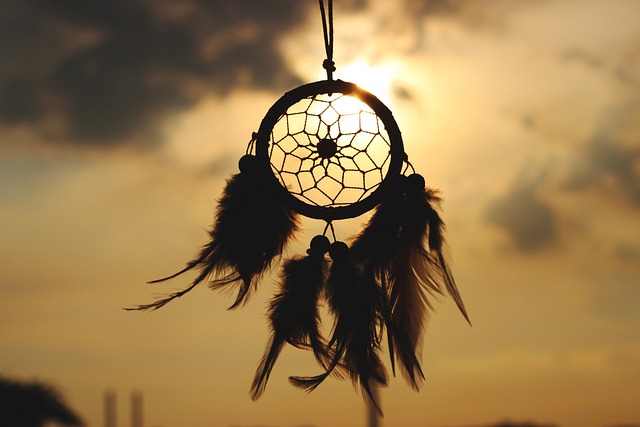
The Enigma of Dream Catchers: Debunking the Controversies
Dream catchers have long been the subject of controversy and myths, with some questioning their cultural appropriateness and even labeling them as sinful. However, it’s time to separate fact from fiction and debunk these misconceptions once and for all.
1. Cultural Appropriation:
- Contrary to popular belief, dream catchers are not primarily an Indigenous American cultural artifact. While they do have origins in certain Indigenous American tribes, their popularity and usage have spread far beyond these cultures.
- Dream catchers have become symbols of hope, protection, and spirituality for people of various backgrounds, embracing the values they represent rather than exploiting or disrespecting any specific culture.
2. Spiritual Significance:
- Some argue that using dream catchers is a form of witchcraft or invites negative energy, but these claims are baseless. Dream catchers are believed to filter out negative dreams and energies, allowing only positive ones to pass through and bring peace and tranquility to the dreamer.
- They have no inherent spiritual power or influence, and their effectiveness lies in the belief and intent of the individual using them. Just like any other object or symbol, dream catchers hold meaning and significance based on personal interpretation and belief systems.
In conclusion, dream catchers are not sinful, culturally appropriative, or spiritually malevolent. They should be appreciated for their beauty, symbolism, and the positive vibes they radiate. So next time you come across a dream catcher, embrace its enchanting allure and let it fill your nights with only the sweetest dreams.
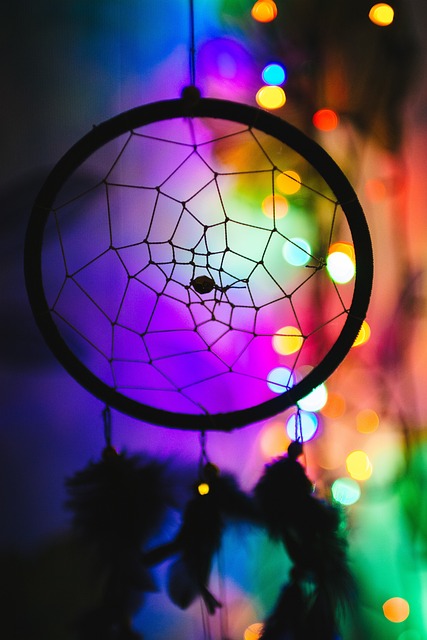
Origins and Beliefs: Understanding the Cultural Significance of Dream Catchers
Dream catchers are intriguing artifacts with a rich cultural history. Let’s delve into the fascinating origins and beliefs surrounding these intricate webs, which have become popular decorative items in many households today.
The Ojibwe Connection:
- The Ojibwe people, a Native American tribe, hold the roots of dream catchers.
- According to their legends, a mystical spider woman known as Asibikaashi weaved dream catchers to protect children from nightmares.
- The intricate patterns of the dream catcher are believed to trap bad dreams in the web, while allowing good dreams to pass through the center hole and gently descend upon the dreamer.
Symbolic Significance:
- Beyond their role in dream protection, dream catchers offer deeper symbolism to many individuals.
- For some, dream catchers represent the interconnectedness of the universe, illustrating how our dreams and aspirations are intertwined with the fabric of life.
- Others see them as a symbol of hope, reminding us to chase our dreams and catch the positive energy that flows around us.
- Regardless of personal beliefs, dream catchers provide a visual reminder of the sacredness of dreams and the importance of nurturing our spiritual well-being.
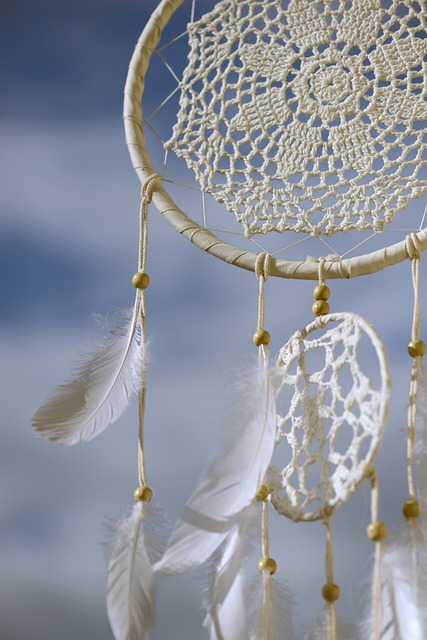
Separating Fact from Fiction: Dispelling the Notions of Dream Catchers as a Sin
For centuries, dream catchers have been revered by various indigenous cultures as sacred objects believed to protect individuals from negative energies and nightmares. However, there is a growing misconception that dream catchers are associated with sin or evil forces. Let’s dive deep into this ancient tradition and unravel the myths surrounding dream catchers.
1. Cultural Respect: It is crucial to approach the topic of dream catchers with cultural respect and understanding. They hold significant cultural and spiritual importance in Native American traditions, symbolizing unity, protection, and harmony with the natural world. Labeling dream catchers as sinful without considering their cultural origins disregards their historical context and the beliefs of indigenous communities.
2. Misinterpretations: Many misconceptions surrounding dream catchers stem from misinterpretations and inaccuracies. Dream catchers are not tools of witchcraft or evil, as some claim. They do not possess any inherent magical properties or provoke sinful behavior. Rather, they serve as symbolic representations of the connection between the dreamer and the spiritual realm, allowing positive dreams to flow while capturing negative ones.
3. Personal Beliefs: The perception of dream catchers as sinful ultimately depends on an individual’s personal beliefs and religious convictions. Different cultures and religions have varying interpretations of symbolism and spiritual practices. It is essential to respect diverse viewpoints while appreciating the cultural richness behind dream catchers.
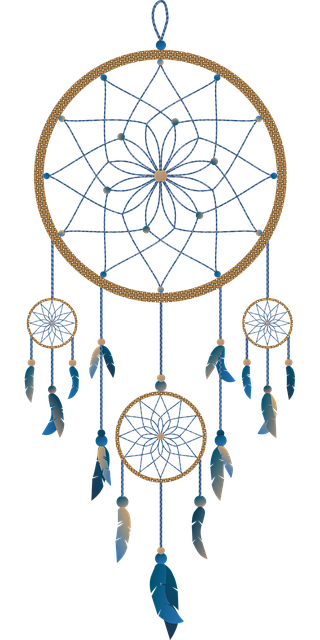
Embracing Tradition: How to Respectfully Engage with Dream Catchers
As curiosity surrounds dream catchers, it’s essential to separate fact from fiction, debunking myths that have led to misconceptions around their origin and purpose. Rather than questioning their morality, it is crucial to understand the rich cultural background and respect the traditions they represent. Here are some ways you can engage with dream catchers appreciatively:
- Educate Yourself: Take the time to learn about the Native American cultures that hold dream catchers sacred. Research their history, significance, and the various tribes and nations that have contributed to their creation. Appreciating the cultural context will help you approach dream catchers with respect and understanding.
- Avoid Cultural Appropriation: Dream catchers are deeply intertwined with specific Native American tribes’ traditions and beliefs. It is important to refrain from using dream catchers merely as trendy decorations or fashion accessories. Instead, recognize their significance and avoid misrepresenting or exploiting Native American culture.
- Support Indigenous Artisans: Instead of purchasing mass-produced dream catchers from generic retailers, consider seeking out authentic ones made by Indigenous artisans. By doing so, you contribute to the preservation of their cultural traditions and acknowledge the skill and craftsmanship embedded within each unique creation.
By embracing the traditions and respecting the cultural heritage of dream catchers, we can promote cross-cultural understanding and foster appreciation for the significance they hold within Native American communities.
Cultural Appropriation: Navigating the Fine Line Between Appreciation and Appropriation
When it comes to cultural appropriation, the line between appreciation and appropriation can often be blurred. One particular aspect that ignites controversy is the use of dream catchers. These beautiful, intricate creations have a rich history rooted in Native American traditions, but their popularity among different cultures has sparked debates about their respectful use.
It is important to understand the myths surrounding dream catchers to navigate this fine line. Let’s unravel a few of these myths:
- Myth: Dream catchers can only be made by Native Americans. While dream catchers have historically been crafted by Native American tribes, they can also be made by individuals who genuinely appreciate and respect their cultural significance. As long as the creators understand the traditional craftsmanship and symbolism, dream catchers can be made with admiration and sensitivity.
- Myth: Owning or displaying a dream catcher is offensive. This myth is based on the assumption that any use by non-Native individuals automatically constitutes cultural appropriation. In reality, as long as dream catchers are appreciated for their beauty and cultural origins, they can still be displayed as a decorative item. It is crucial, however, to obtain them from authentic sources and not contribute to the mass production of cheap imitations.
- Myth: Dream catchers have a universal meaning. Dream catchers symbolize different things to different Native American tribes. Their meanings vary from tribe to tribe, and even within different families. Appreciating the diversity of their symbolism helps in understanding and respecting the cultural significance behind dream catchers.
By dispelling these myths, we can approach the topic of dream catchers with nuanced perspectives. Educating ourselves and engaging in respectful discussions can lead us to a place where appreciation surpasses appropriation, ensuring that these traditions continue to be honored while bridging cultural gaps.
In a world plagued by doubt, remember that dream catchers hold no power, only cultural significance. Embrace unity and dispel the myths.
